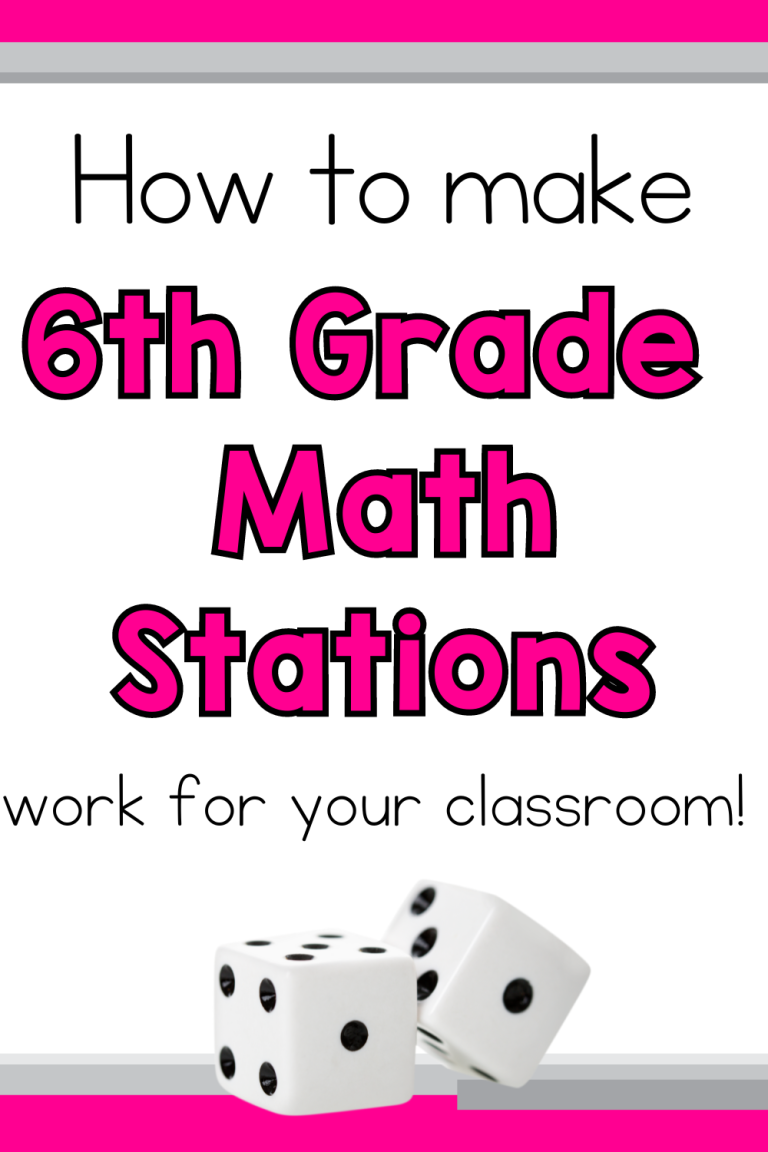March Madness Math for Upper Elementary
Picture this: your classroom filled with energy and focus as students eagerly dive into their math assignments. What’s the secret? It’s the perfect combination of March Madness and math! By incorporating the energy and fun of the March Madness tournament into your lessons, you can transform math practice into a thrilling and competitive experience that your students will love. Whether you’re a college basketball fan or just looking for fresh ideas to keep students engaged, March Madness math is your slam dunk solution.

Increasing Engagement with March Madness Math
There’s something magical about combining a seasonal event with your curriculum. Themed activities like math for March Madness bring an added layer of excitement to the classroom. Instead of seeing math as just another subject, students view it as a challenge they’re eager to conquer—especially when it comes with the competitive edge of a bracket-style format.
March Madness math activities stand out because they can be adapted to fit a variety of classroom needs and teaching styles. They can:
- Motivate reluctant learners by tying math practice to a fun theme.
- Foster friendly competition, pushing students to solve problems quickly and accurately.
- Provide opportunities for problem solving in both individual and small group settings.
- Turn your classroom into a hub of learning and excitement during a month when students may otherwise feel restless.
For more ideas on keeping math engaging, check out my post on 20 Math Engagement Strategies.
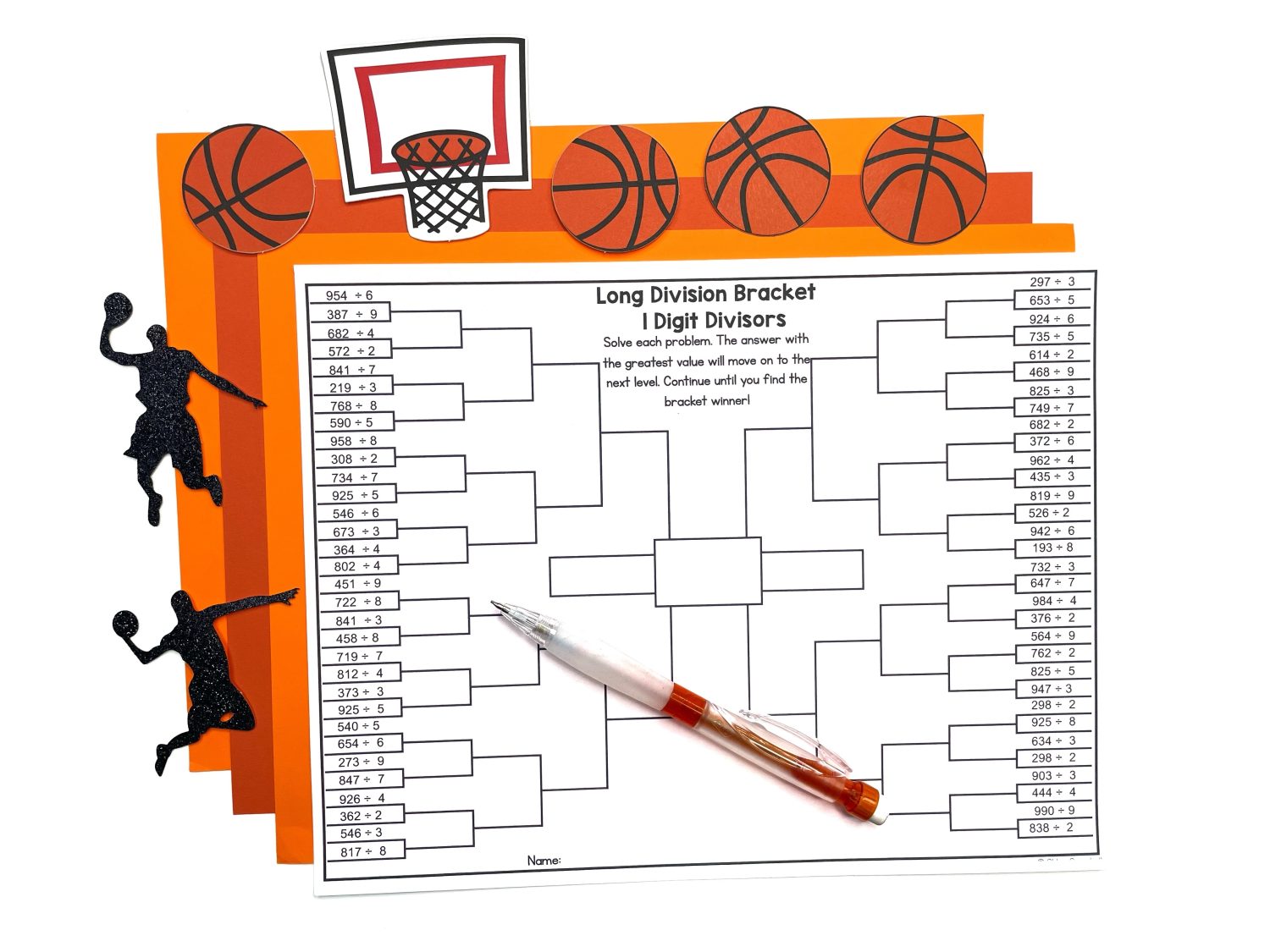
March Madness Math: How It Works
Addressing Potential Challenges
Like any new activity, implementing March Madness math may come with a few bumps along the way. Here are some common challenges and how to troubleshoot them:
- Students struggling with comparisons: Pause and review strategies for comparing numbers, especially decimals. Use visuals or anchor charts to clarify the process.
- Students rushing through problems: Encourage accuracy over speed by reminding them that solving each problem correctly is key to finding the final champion.
- Confusion about bracket setup: Model filling out one or two problems as a class before students work independently.

Step One: Set the Stage
To get started, print out one topic for basketball bracket math—whichever one aligns with your current standards. These topics include comparing decimals, long division, and measurement conversions, among others. These topics align seamlessly with common upper elementary lesson plans, making the activity both fun and standards-based.
Distribute the brackets and give students a quick overview of the rules:
- Solve each math problem on the bracket.
- Compare the values of two problems. The one with the larger number advances to the next round.
- Continue solving and comparing until only one problem remains—the final champion!
Consider starting the activity with a short, real-life connection to the March Madness tournament by explaining how teams compete to move through the brackets, just like students will with their math problems.
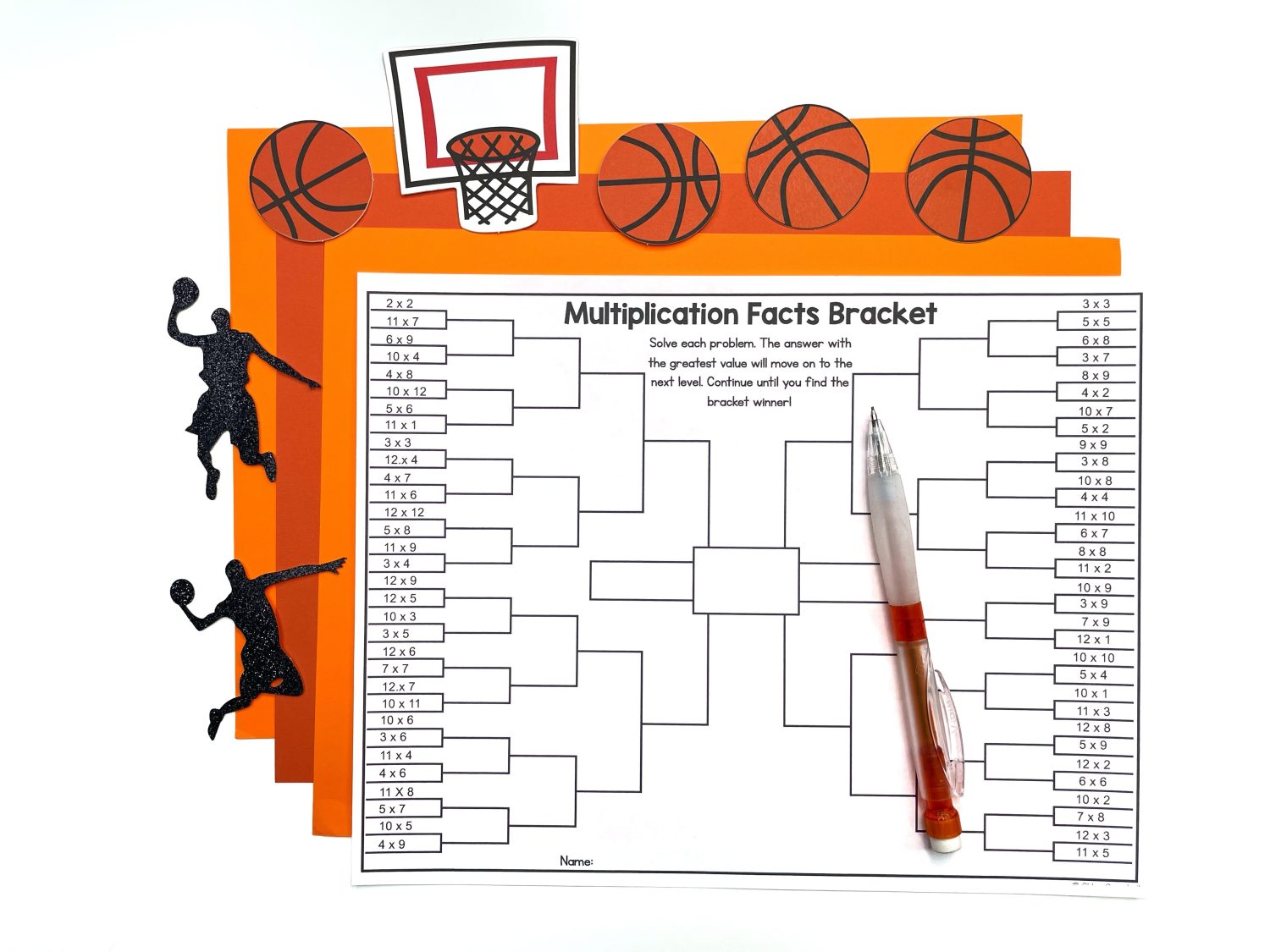
Step Two: Introduce the Problems
Expand your students’ understanding of March Madness math by taking a moment to review the math skills featured in the brackets. For example:
- When tackling comparing decimals, remind students to line up the decimal points and compare place values.
- For long division, model a problem on the board to refresh their understanding of division strategies.
Providing a brief refresher ensures all students feel confident as they begin.

Step Three: Foster Collaboration
Collaboration is a fantastic way to enhance engagement and deepen understanding. While students can complete the brackets individually, pairing them up or grouping them into small teams can bring a new level of excitement to the March Madness math activity.
- Example: Divide the class into small teams and assign each group a specific bracket to complete together. Once all groups finish, hold a class-wide discussion to review the results and reflect on strategies used.
- Encourage team members to explain their reasoning as they solve each problem. This not only builds critical thinking but also reinforces key math concepts.
Step Four: Celebrate Progress
As students work through their brackets, celebrate their progress with small milestones like finishing a round or solving a particularly challenging problem. This keeps energy high and helps maintain focus. Recognize those who complete a round or solve a particularly tricky math problem. This keeps motivation high and fosters a positive classroom environment.
You might even set up a simple rewards system, like awarding certificates or small prizes for students who complete their brackets or show improvement in their problem solving skills.
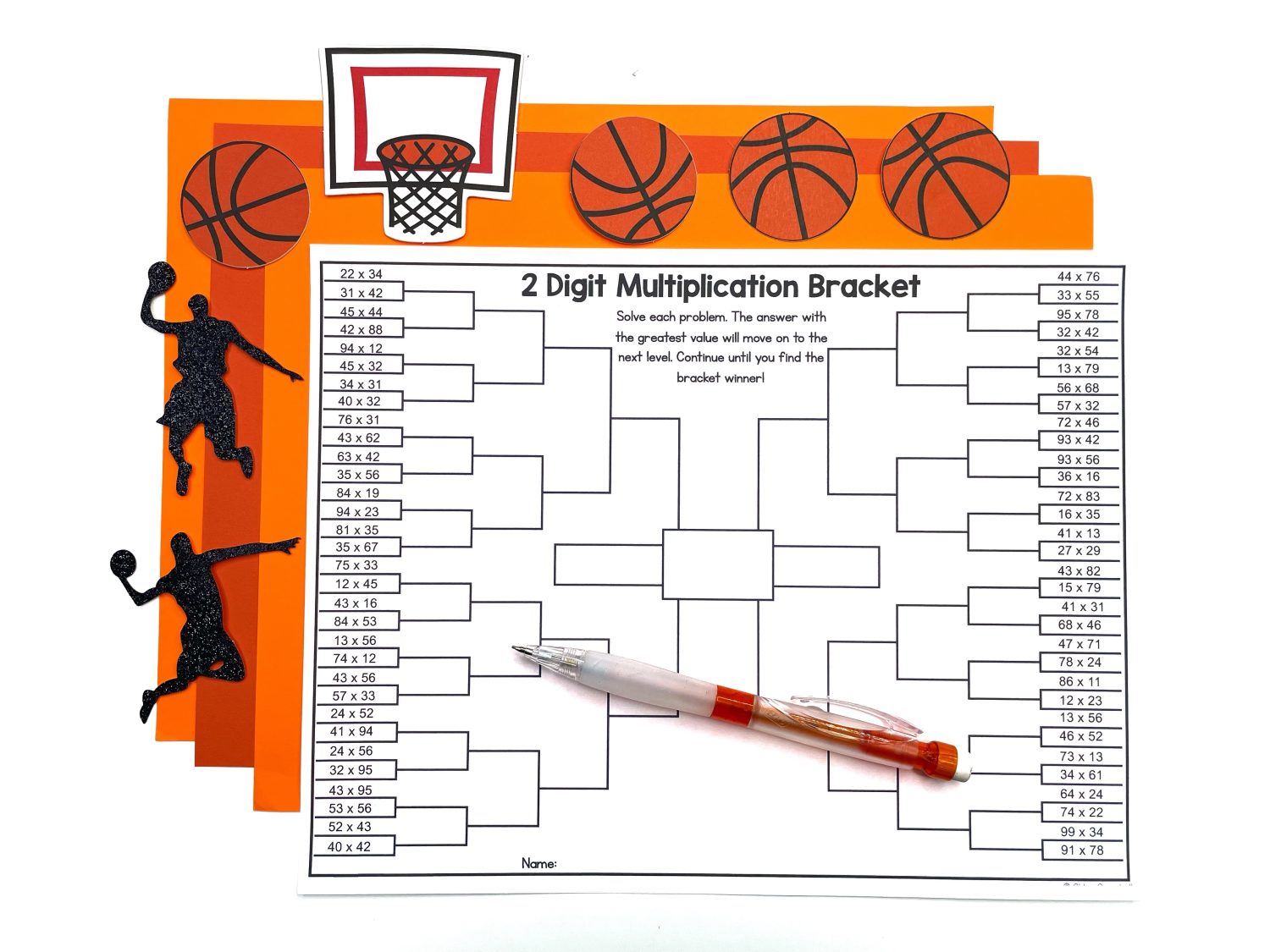
Reflection and Assessment Tips
Using March Madness math for informal assessment can give you valuable insights into your students’ understanding of key skills. Here are a few ways to make the most of their completed brackets:
- Quick Checks: Review the final champions to ensure students solved accurately and compared correctly.
- Follow-Up Questions: Ask students to explain how they solved their most challenging problem.
- Extension Activity: Have students create their own brackets with new math problems, reinforcing the skills they’ve just practiced.
Printable Math for March Madness
Ready to bring the excitement of the March Madness tournament to your classroom? My March Math Activities Basketball Bracket Bundle has everything you need to make this a reality. Here’s what’s included:
- 11 Brackets Covering Key Math Skills: From basic multiplication facts to measurement conversions, there’s something for every student.
- How-to-Use Page: Step-by-step instructions to ensure smooth implementation.
- Answer Keys: Save time while grading and make reviewing a breeze.
- Versatile Applications: Use as a math project, bell work, homework, or in a small group setting.
- Printer-Friendly Design: Black ink only, so you can add your own flair by printing on colorful cardstock.
This resource is perfect for engaging students during March, a month often filled with distractions like the excitement of the March Madness tournament and spring fever. With a simple setup and high-impact results, it’s a must-have for March!
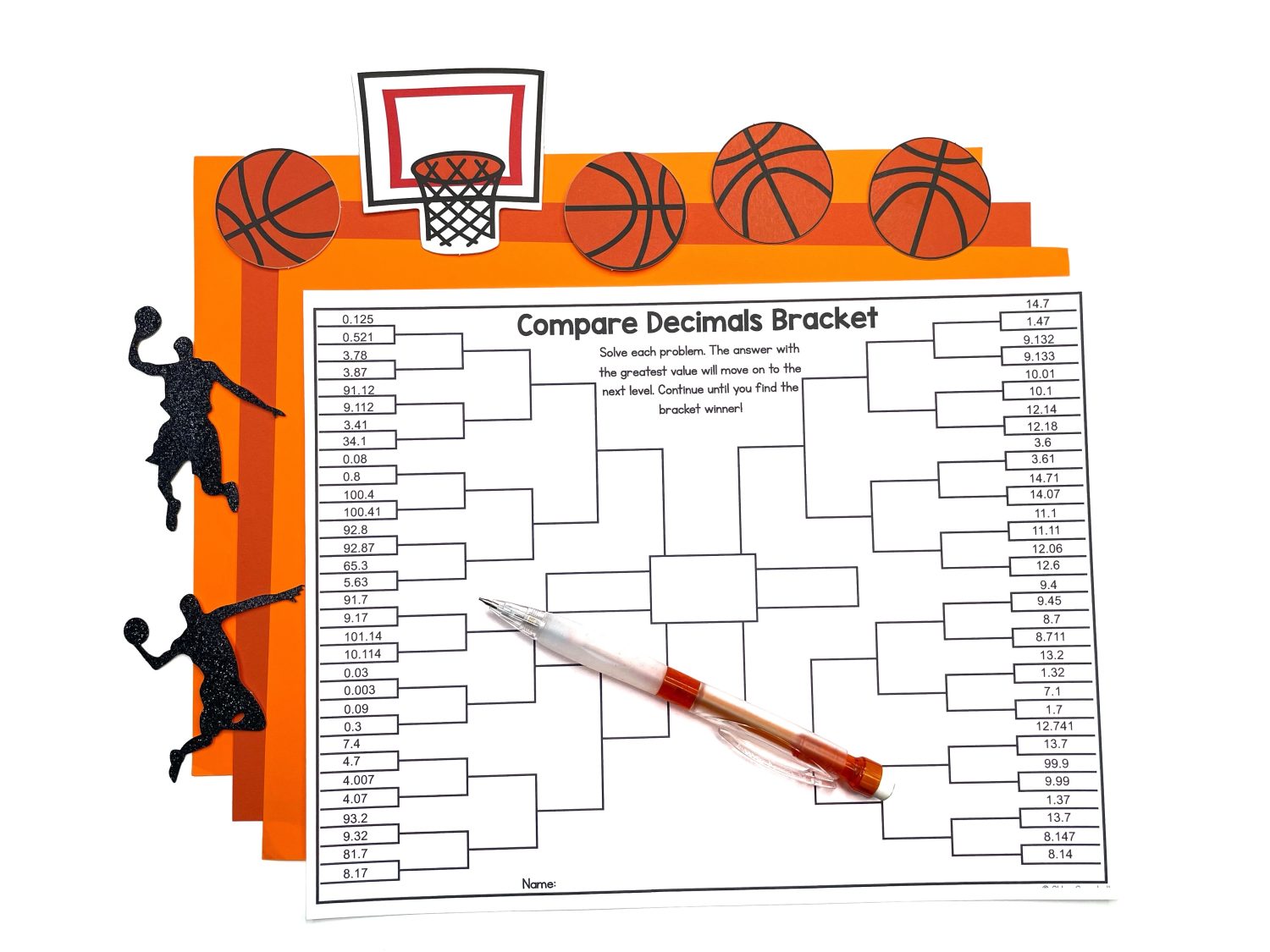
Save These Math Activities for March Madness
Pin this post for future reference and bring the excitement of math activities for March Madness into your classroom year after year. With the right tools and strategies, you can keep your students engaged, motivated, and excited to tackle even the toughest math problems.

Looking for more ideas to boost math engagement? Check out these related posts:
Let’s make March a month of learning and fun—because March Madness math is more than a game; it’s a gateway to deeper understanding and skill-building!


